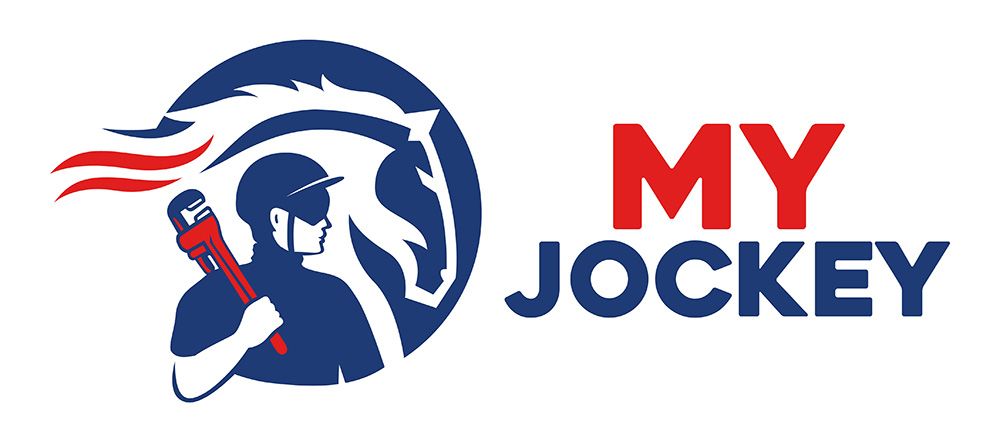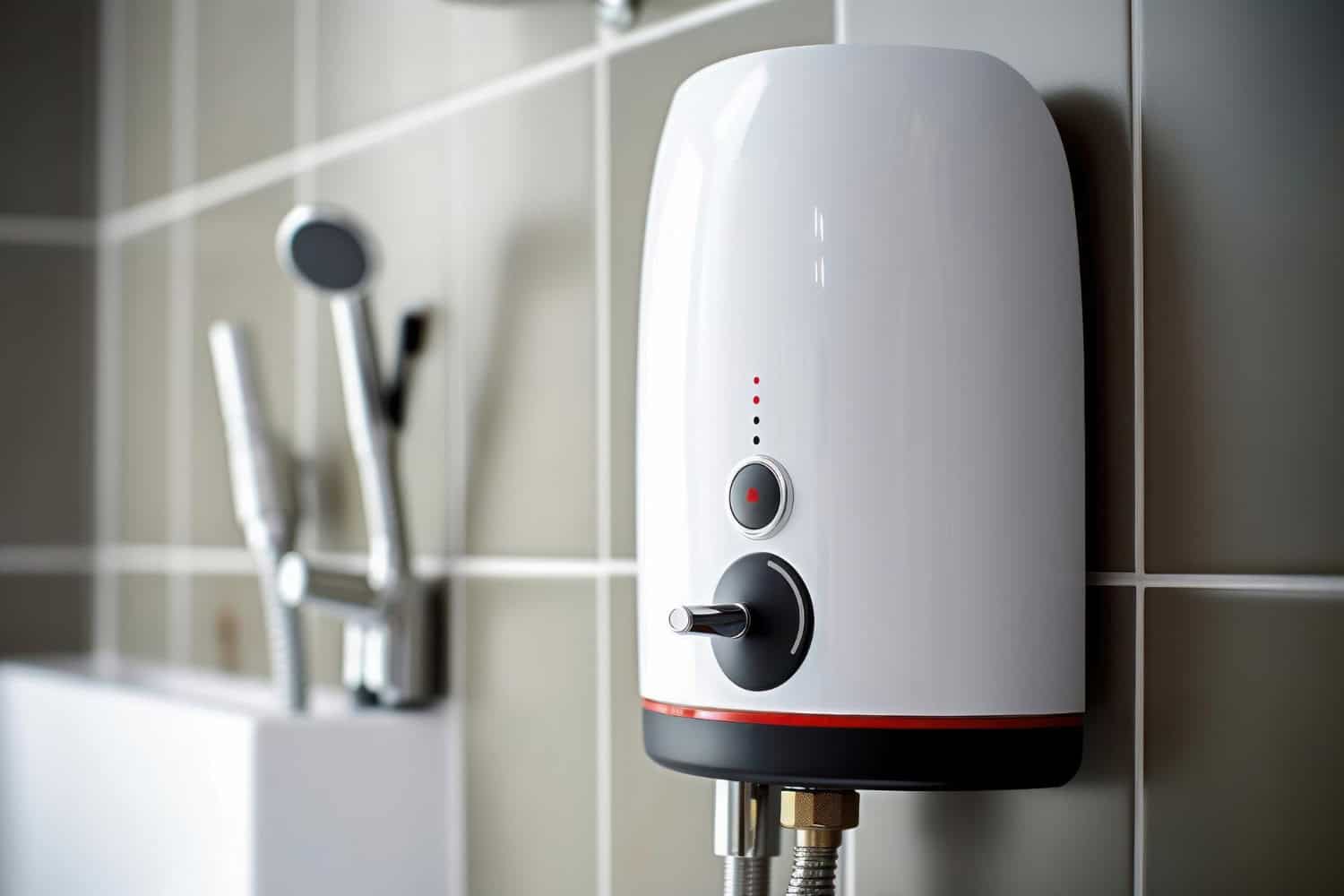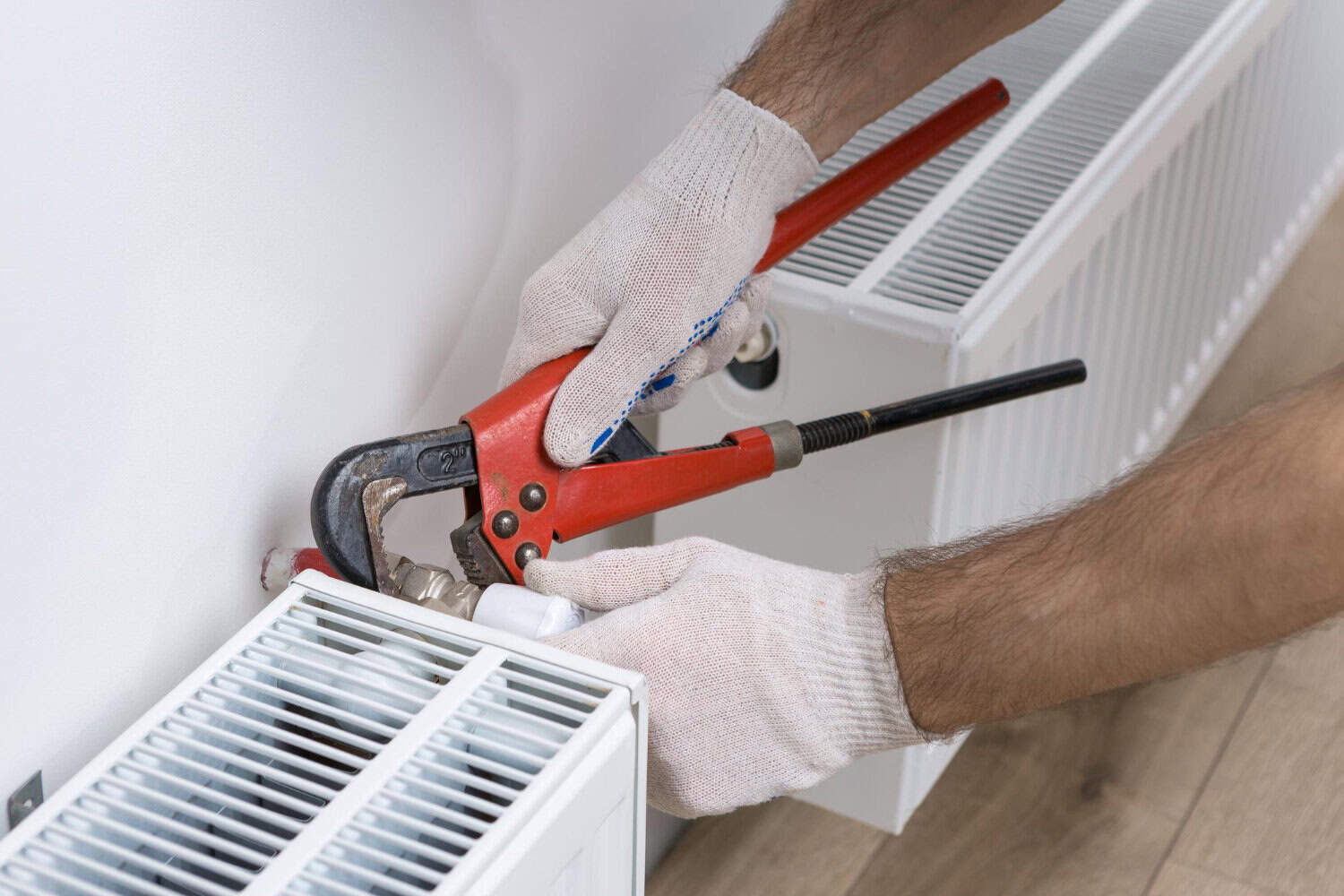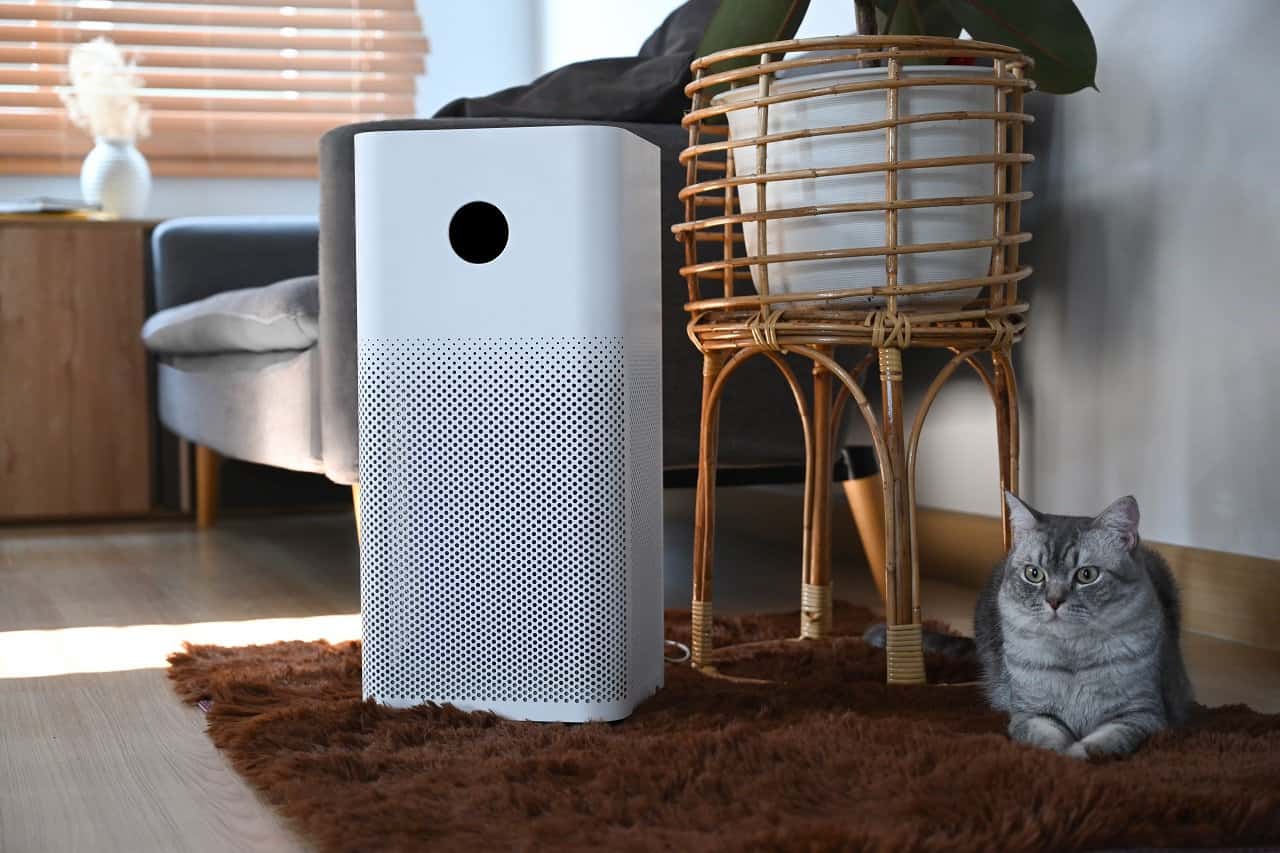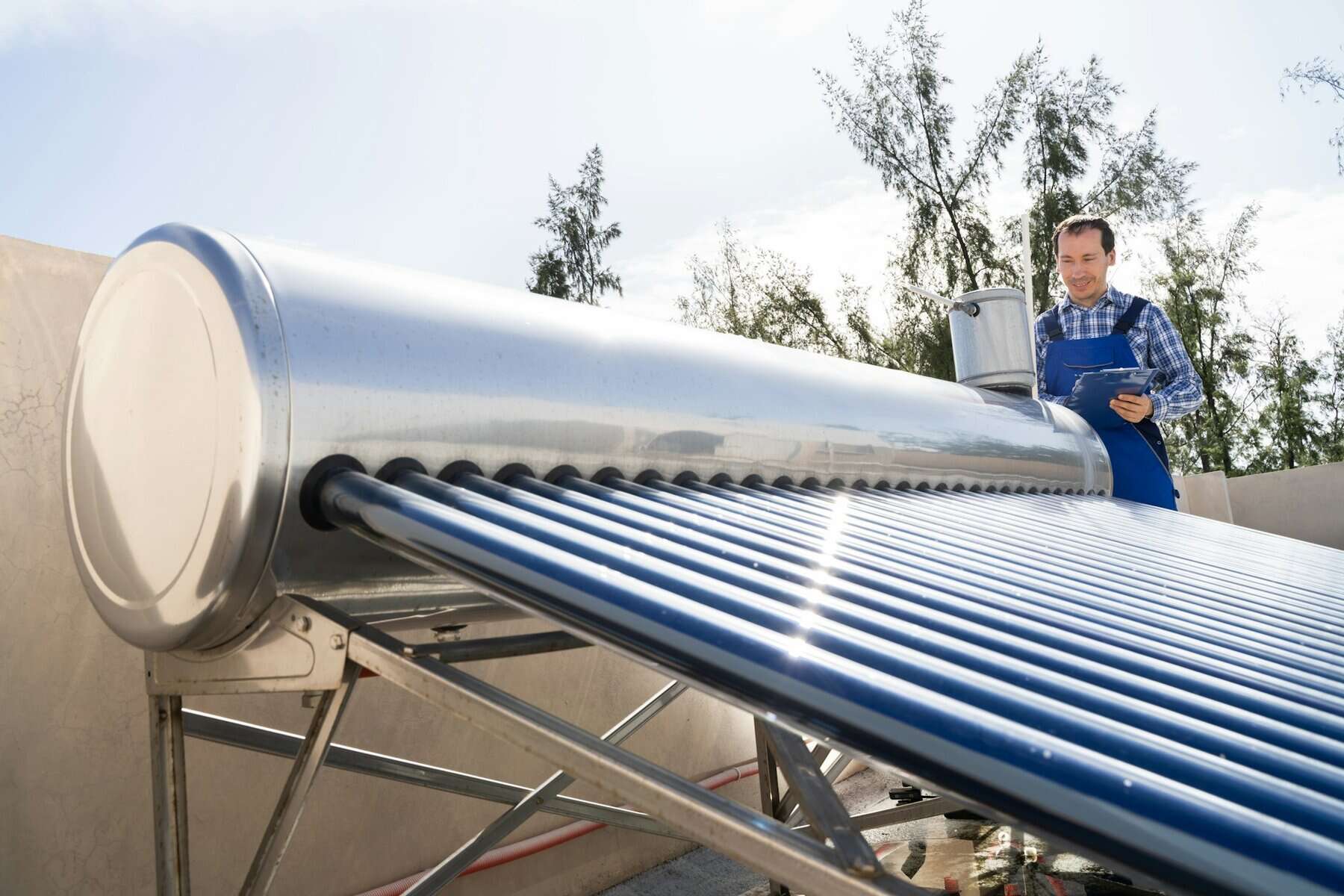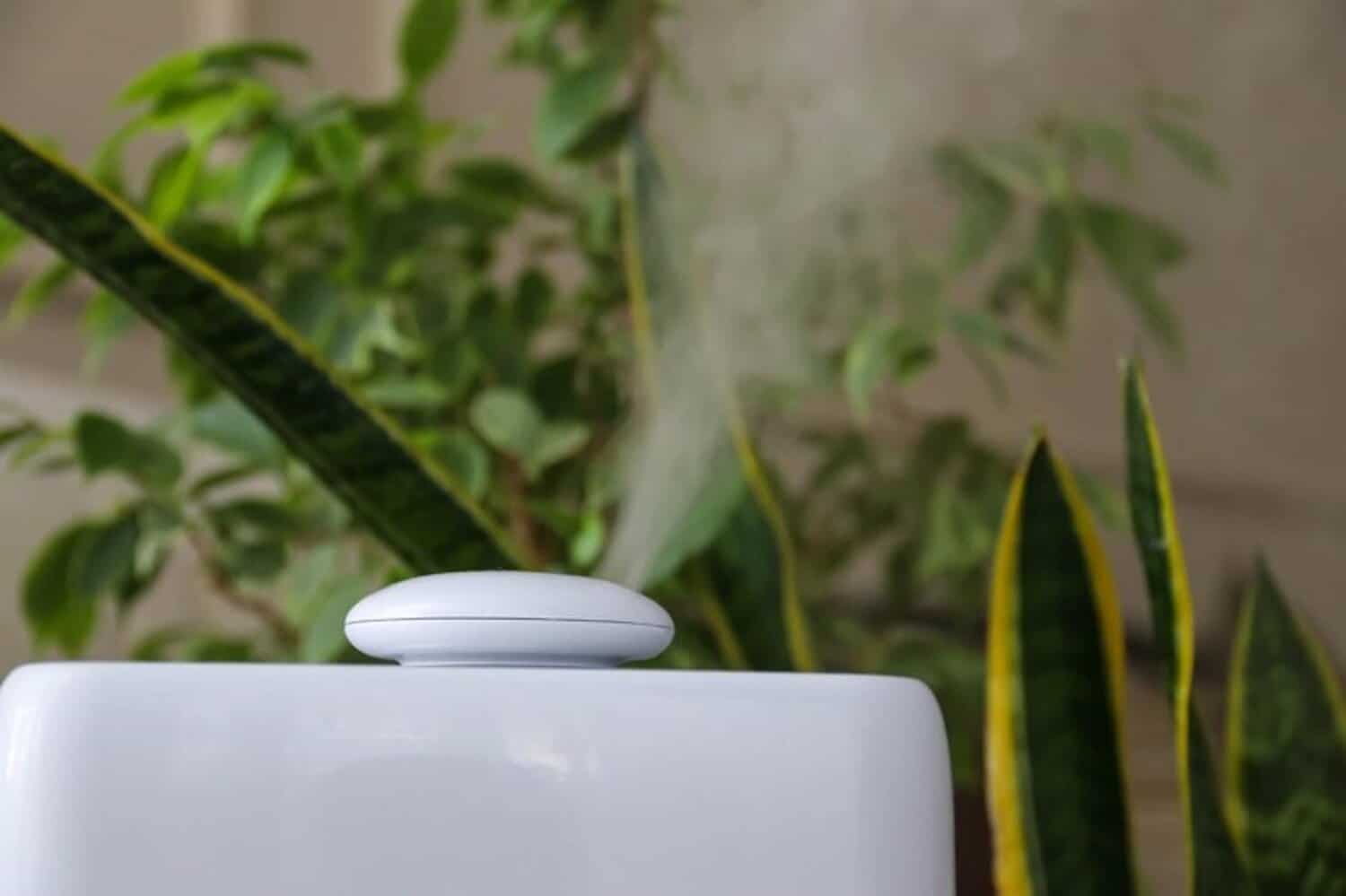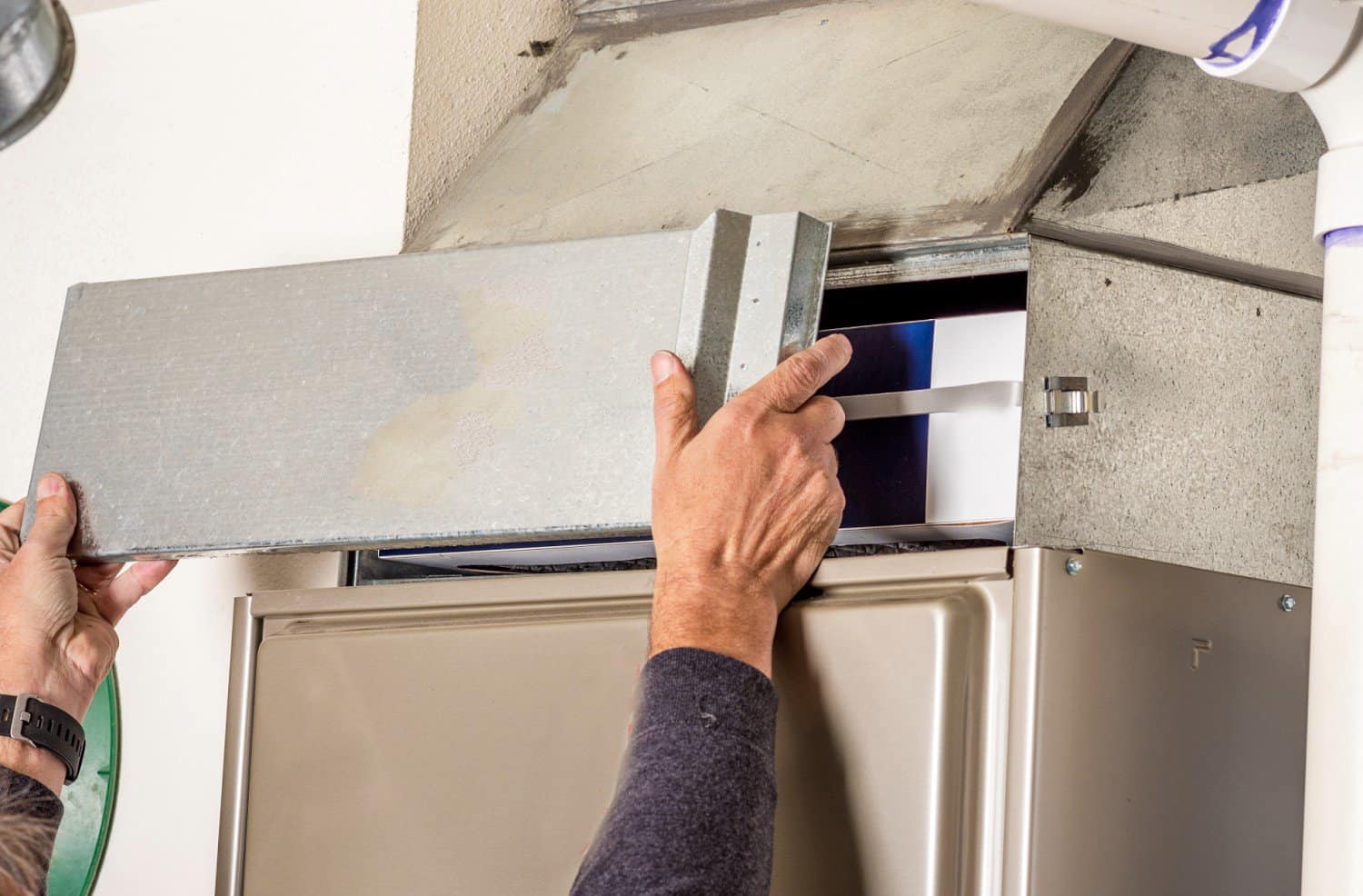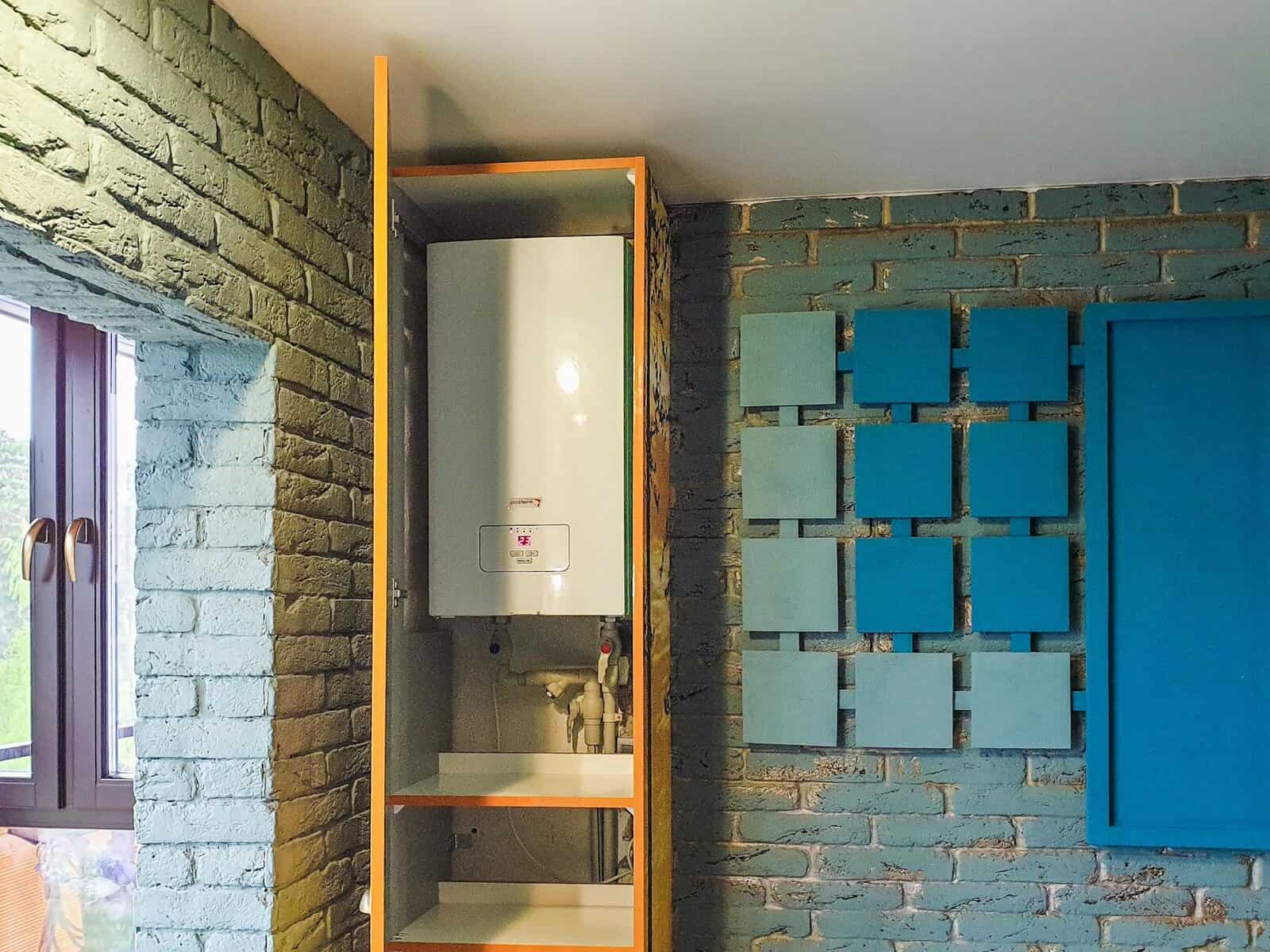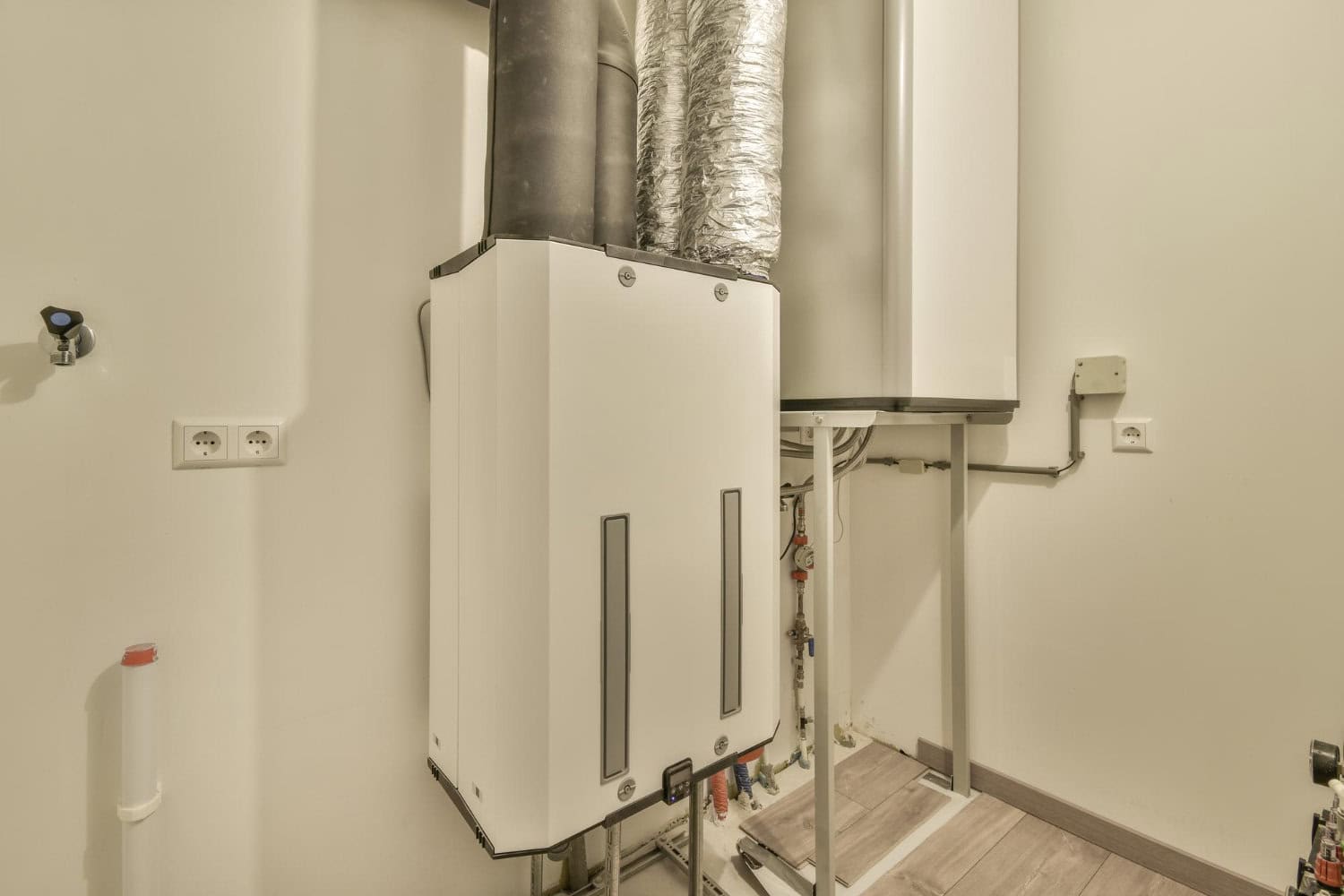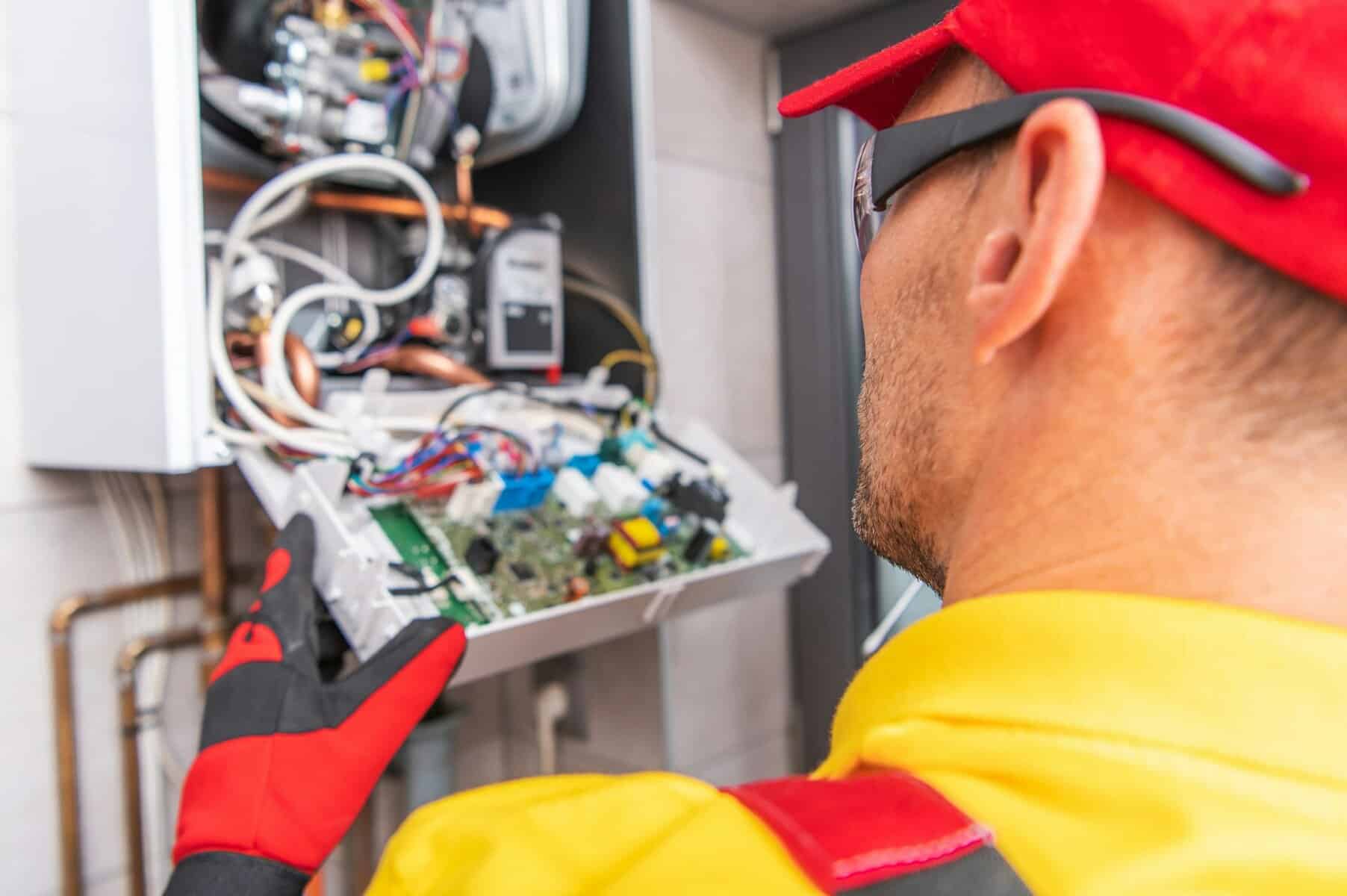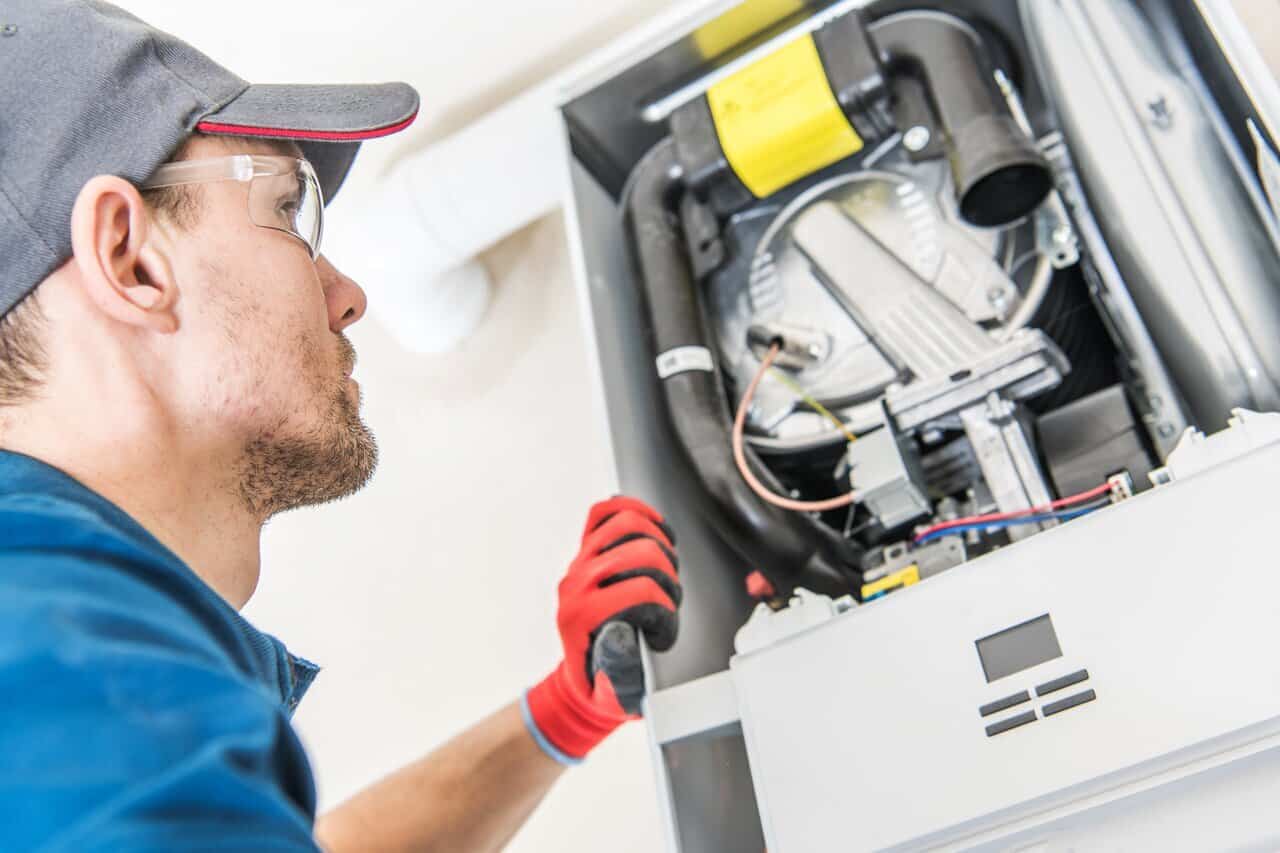Tankless water heaters are a popular choice for efficient hot water supply, but sometimes they need replacing. Knowing when to replace yours can mean the difference between enjoying consistent hot showers and facing cold surprises.
These heaters might show signs of wear, like delivering lukewarm water or making odd noises. Ignoring these clues can lead to higher bills and, eventually, more problems. Understanding the right time and reasons to change your tankless water heater can save you time and costs in the long run.
Replacing an old unit with a newer model offers energy savings and improved technology, making it a worthwhile investment. Upgrading might seem daunting, but weighing the benefits against persistent repairs can make your choice clearer. Let’s explore when you should consider replacing your tankless water heater for the best home experience.
Signs Your Tankless Water Heater Needs Replacement
A tankless water heater is convenient until it starts showing signs of failure. One of the most common signs is a persistent issue with water temperature. If your system consistently provides only lukewarm water instead of the hot water you’re used to, it might be struggling. Additionally, if your water heater starts making strange noises like rumbling or clanking, these could be indications of internal problems like mineral buildup or component wear.
Ignoring these signs can lead to costlier problems down the road. Operating a failing unit can increase your energy bills significantly because it works harder to deliver the same result, consuming more power. This inefficiency may also cause the unit to overheat, leading to potential water damage in your home. To prevent such issues, it’s essential to address problems when they start.
When your water heater shows these signs, it is better to assess the situation sooner rather than later. Scheduling a professional evaluation can provide clarity on whether a replacement is necessary and help you ensure your home stays comfortable and your energy consumption remains efficient.
Age and Efficiency Considerations
The efficiency and performance of a tankless water heater decline as its age advances. Most tankless water heaters have a lifespan of about 10 to 15 years. As they age, the risk of inefficiency and breakdowns increases. Aged heaters might take longer to heat water and produce less consistent temperatures. Their components can wear out, leading to frequent issues and the necessity for repeated maintenance.
Newer models offer a range of benefits that make replacing an old unit a wise choice. Here are some advantages of upgrading:
– Better energy efficiency: Modern units consume less power and reduce energy bills.
– Advanced technology: New models often come with features like remote controls, better temperature monitoring, and even leak detection.
– Improved reliability: With enhanced technology and materials, new heaters are more reliable and require less maintenance.
– Space-saving designs: Upgraded models usually take up less space, making them convenient for various home setups.
Replacing an older heater not only improves your home’s energy use but also adds peace of mind with updated technology and fewer unexpected breakdowns. If your current system is nearing the end of its lifespan, it may be time to consider a replacement for long-term efficiency and savings.
Frequent Repairs vs. Replacement
Constantly repairing your tankless water heater can quickly add up in both time and money. Frequent repairs often signal that your water heater is struggling to keep up with demands, which can be costly over time. When a unit needs frequent fixing, it becomes more reliable and can disrupt your daily life.
Compare the costs of continual repairs to the upfront cost of replacement. Repairs can become quite expensive, especially if parts need to be replaced regularly. They also don’t guarantee the longevity of the system, and you might face another breakdown soon after a fix. On the other hand, opting for a replacement means an initial investment but promises improved efficiency, reliability, and fewer worry-inducing surprises.
If your water heater requires frequent service calls or repairs are no longer feasible, it is time to weigh your options. Opting for a replacement can save you from the stress of unexpected cold water and reduce long-term expenses. Consider replacing when repairs become too frequent or if repair costs exceed half the price of a new heater.
Choosing a Suitable Replacement
Selecting the right tankless water heater replacement involves considering several important factors. First, assess the size and capacity needs of your household. The heater should meet or exceed your current hot water requirements to ensure comfort and efficiency. Energy needs are another consideration, as choosing an energy-efficient model can result in significant savings on utility bills.
Consider models with advanced technology, such as precise temperature control or Wi-Fi connectivity, which make managing your home’s hot water simpler. Evaluate options that fit the space where your current heater is installed, ensuring new appliances work seamlessly within existing arrangements.
When choosing a new tankless water heater, working with professionals can be beneficial. They can help assess your needs and recommend suitable models. Professionals can ensure proper installation, which is crucial for optimal performance. A well-installed system operates efficiently and safely, reducing the risks of future issues.
Conclusion
Replacing a tankless water heater is an important decision that impacts home comfort and utility expenses. Recognizing the signs of a failing system, understanding the effects of aging on efficiency, and comparing repair options with a full replacement are key to making an informed choice. By selecting a suitable replacement, you ensure consistent hot water availability and gain from the benefits of the latest technology.
For anyone ready to upgrade their unit, My Jockey offers expert advice and professional tankless water heater service to make the transition smooth. Connect with us to explore options that meet your needs and ensure your home stays comfortable year-round. Our team is prepared to provide reliable and efficient solutions for your water heater concerns.
